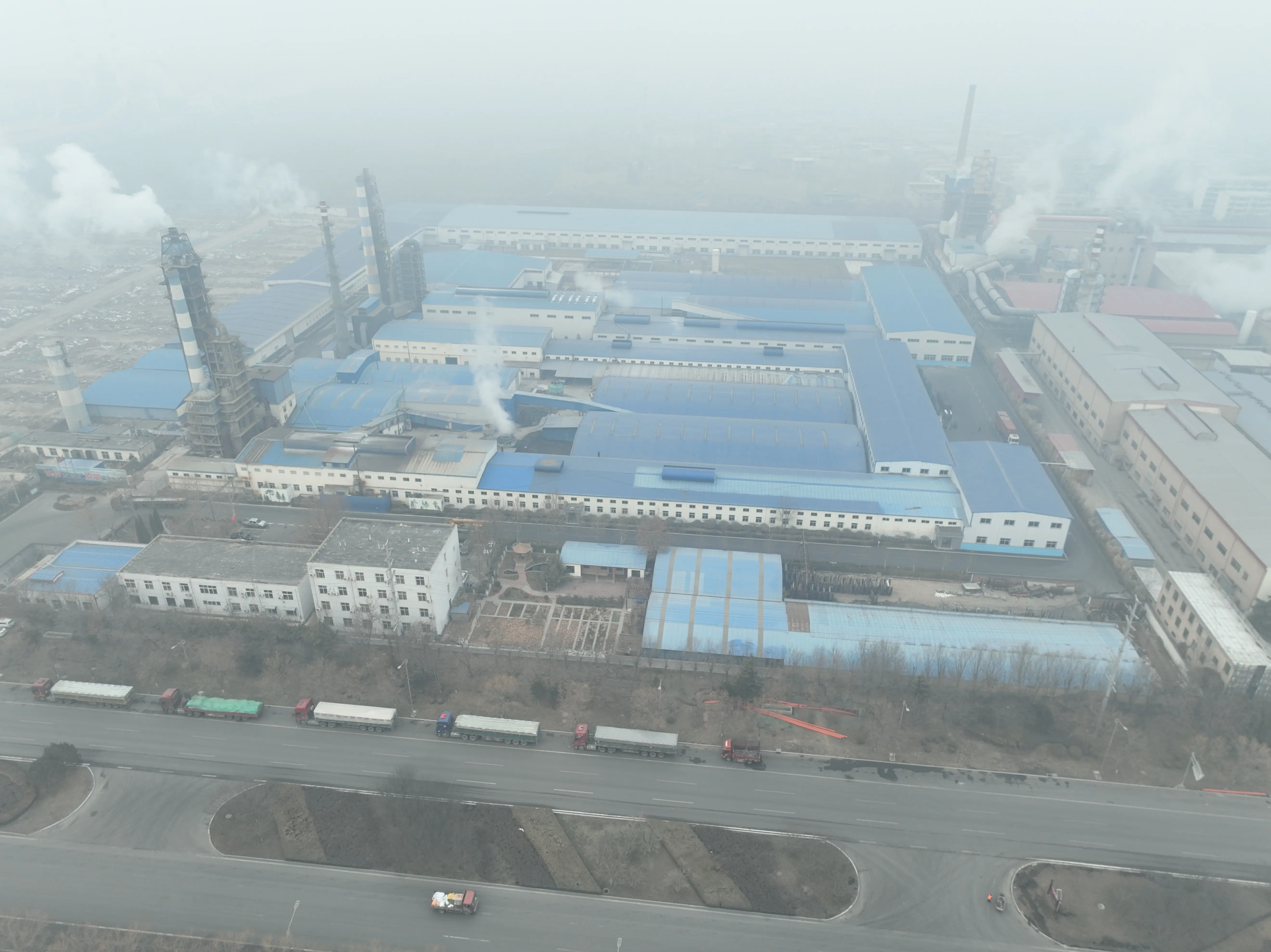

The Innovation of Infrared Reflecting Glass
In today's technologically advanced world, the demand for energy-efficient materials is more pressing than ever. One of the most remarkable innovations in the field of construction and design is infrared reflecting glass. This specialized type of glass offers a range of benefits that align with the growing emphasis on sustainability, energy conservation, and comfort in living and working environments.
What is Infrared Reflecting Glass?
Infrared reflecting glass is a type of glazing that is engineered to reflect infrared radiation while allowing visible light to pass through. This unique property is achieved by applying a thin layer of metal or metallic oxide coatings on the glass surface. These coatings are designed to block infrared radiation, which accounts for a significant portion of solar heat. As a result, infrared reflecting glass minimizes the heat that enters a building, thereby reducing the reliance on air conditioning systems.
Benefits of Infrared Reflecting Glass
1. Energy Efficiency One of the primary advantages of infrared reflecting glass is its energy-saving potential. By reflecting infrared rays, it helps to maintain a stable indoor temperature. This not only enhances comfort but also leads to reduced energy consumption for heating and cooling. Over time, this can translate to substantial savings on utility bills.
2. Enhanced Comfort Buildings equipped with infrared reflecting glass can provide a more comfortable environment for occupants. The reduction in heat gain prevents excessive indoor temperatures, creating a pleasant living or working atmosphere. This is especially important in commercial buildings where employee productivity can be significantly affected by environmental conditions.
3. UV Protection In addition to reflecting infrared radiation, many infrared reflecting glasses also block a significant amount of ultraviolet (UV) light. Prolonged exposure to UV rays can cause fading in furnishings, artwork, and flooring. By using infrared reflecting glass, property owners can protect their investments from the damaging effects of UV radiation.

4. Aesthetic Appeal Infrared reflecting glass is available in a wide variety of tints and finishes, allowing architects and designers to achieve the desired aesthetic for a building without sacrificing performance. This versatility makes it suitable for various applications, from residential homes to high-rise commercial buildings.
5. Environmental Benefits Using energy-efficient materials like infrared reflecting glass contributes to a reduction in carbon footprints. As buildings consume less energy for cooling and heating, their overall environmental impact diminishes. This aligns with global efforts to combat climate change and promote sustainable building practices.
Applications of Infrared Reflecting Glass
Infrared reflecting glass is widely used in various applications, including residential windows, curtain walls, facades, roofs, and even automotive glass. Its effectiveness in minimizing heat gain makes it particularly beneficial in regions with high temperatures, where traditional glass may lead to uncomfortable indoor environments.
In commercial settings, infrared reflecting glass is frequently utilized in skyscrapers and office buildings. Not only does it improve energy efficiency, but it also enhances the building’s aesthetic appeal. Additionally, the use of such glazing systems can earn buildings important certifications, like LEED (Leadership in Energy and Environmental Design), helping property owners meet modern sustainability standards.
Conclusion
As the construction industry continues to innovate and adapt to the demands of energy efficiency and sustainability, infrared reflecting glass stands out as a key material. Its ability to reflect infrared radiation while allowing visible light to enter makes it an essential choice for architects and builders looking to create comfortable, energy-efficient spaces. With its numerous benefits, this cutting-edge technology promises to shape the future of building design and construction, paving the way toward a more sustainable world.